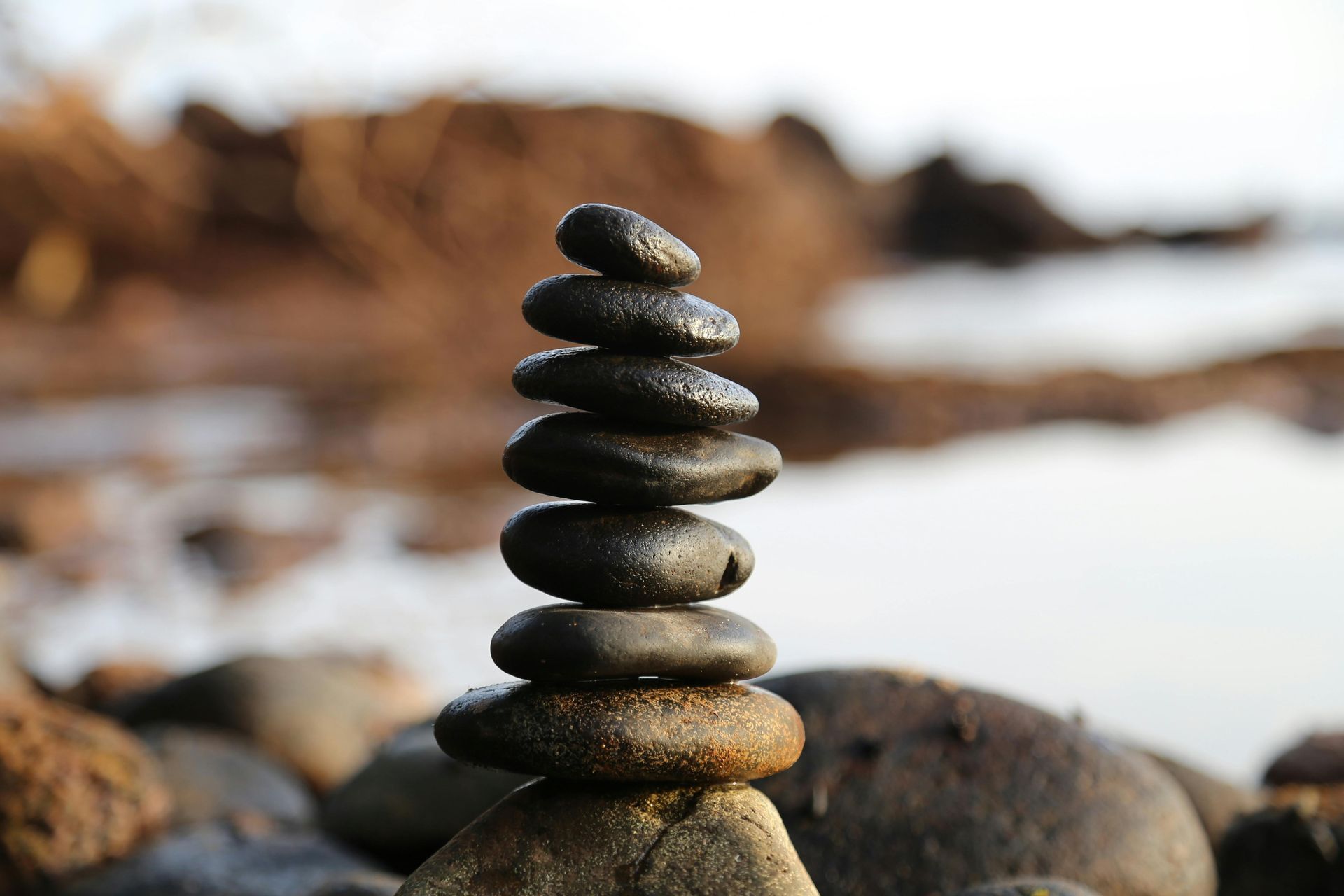Diabetes is a common and serious medical condition, with approximately 1.3 million new cases diagnosed in the United States each year. While diabetes is typically a long-term condition, it can be effectively managed through self-care, nutrition, medication, and regular monitoring.
Additionally, acupuncture has gained attention as a
safe and complementary approach to managing diabetes and its symptoms. Traditional Chinese Medicine (TCM) and acupuncture focus on
promoting overall health and balance, which can support individuals in their diabetes management journey.
How Diabetes Affects the Body
- Increased thirst
- Frequent urination
- Excessive hunger
- Unexplained weight loss
- Fatigue
- Blurred vision
Types of Diabetes
Type 1 Diabetes
Type 1 diabetes is an
autoimmune condition in which the body mistakenly attacks insulin-producing cells in the pancreas. This results in little to no insulin production, requiring individuals to
take insulin injections daily to regulate their blood sugar levels. Symptoms of Type 1 diabetes often develop
suddenly and require immediate medical attention.
Type 2 Diabetes
Type 2 diabetes is far more common, accounting for 90-95% of all diabetes cases. It is typically diagnosed in adulthood, although it can occur at any age.
Major risk factors include:
- Family history of diabetes
- High blood pressure
- High cholesterol
- Being overweight or physically inactive
Since Type 2 diabetes symptoms can be mild or develop gradually, many individuals do not realize they have the condition. This is why regular testing—especially after the age of 45—is crucial. Early detection can identify pre-diabetes, a condition where blood sugar levels are elevated but not yet high enough to be classified as diabetes. With early intervention, lifestyle changes, and medical support, it is possible to prevent or delay the progression of diabetes.

The Role of Acupuncture in Diabetes Management
Acupuncture and TCM offer a holistic approach to managing diabetes by addressing imbalances in the body that may contribute to the condition. Acupuncture may help by:
- Improving blood circulation and insulin sensitivity
- Reducing inflammation and stress, which can affect blood sugar levels
- Supporting digestive health and metabolic function
- Alleviating symptoms such as neuropathy (nerve pain), fatigue, and stress
While acupuncture is
not a replacement for medical treatment, it can be a valuable
complementary therapy for individuals managing diabetes.
Why Regular Testing Matters
Many people with diabetes or pre-diabetes remain undiagnosed due to mild or unnoticeable symptoms. Routine blood sugar testing helps detect diabetes early, making it easier to manage and prevent complications. If you're over 45 years old or have risk factors for diabetes, regular check-ups with a healthcare provider are essential.
By combining
medical treatment, lifestyle changes, and holistic approaches like acupuncture, individuals with diabetes can take control of their health and improve their overall well-being.

The Importance of Blood Sugar Management
Preventing complications from diabetes requires a comprehensive approach, including regular blood sugar monitoring, medication (if needed), a balanced diet, and an active lifestyle.
These strategies help maintain healthy glucose levels and reduce the risk of long-term complications such as heart disease, nerve damage, and kidney issues.
A Natural Approach That Works
Acupuncture offers a holistic, whole-body approach to healing. It focuses on restoring balance and promoting the body’s natural ability to regulate itself. Acupuncturists achieve this by carefully inserting thin, sterile needles at specific meridian points throughout the body, stimulating energy flow and encouraging healing.
In addition to needle insertion, other techniques may be used to enhance the body’s
self-healing mechanisms and maintain homeostasis. These methods work together to address both the
symptoms and
underlying imbalances contributing to illness.
How Acupuncture Supports Healing
According to Traditional Chinese Medicine (TCM), the body’s energy, known as Qi (chee), plays a crucial role in overall health. Qi flows through specific pathways called meridians, delivering nourishment to cells, muscles, tissues, organs, and glands.
When Qi becomes blocked or unbalanced, symptoms of illness or discomfort can arise.
Acupuncture works by
restoring the natural flow of Qi, allowing the body to function at its best. It is one of many
effective TCM modalities that promote overall health and wellness.

Does Acupuncture Hurt?
Most people experience little to no pain during acupuncture treatments. In fact, many report feeling a deep sense of relaxation and relief after a session. Acupuncture is widely recognized for its ability to help manage pain, stress, and various chronic conditions, making it a valuable complementary therapy for diabetes management.
The Science Behind Acupuncture’s Effectiveness:
From a modern scientific perspective, acupuncture stimulates nervous system responses, triggering the release of natural chemicals in the brain, spinal cord, and muscles. These chemicals help:
- Reduce pain and inflammation
- Improve circulation and nerve function
- Enhance the body’s ability to heal naturally
By influencing the body’s self-regulating mechanisms, acupuncture promotes faster recovery and supports long-term wellness.
A Powerful Complementary Therapy
Regardless of whether you seek relief from pain, stress, or other health concerns, acupuncture’s healing and regenerative properties are remarkable. Traditional Chinese Medicine offers a gentle yet powerful approach to health, helping individuals achieve balance and vitality.
The best way to determine if acupuncture is right for you is to experience it firsthand. If you are looking for a natural, effective way to support your health, consider incorporating acupuncture into your wellness routine—it may be the key to achieving better balance and well-being.
Contact Lotus Acupuncture & Wellness to start your healing journey today!


